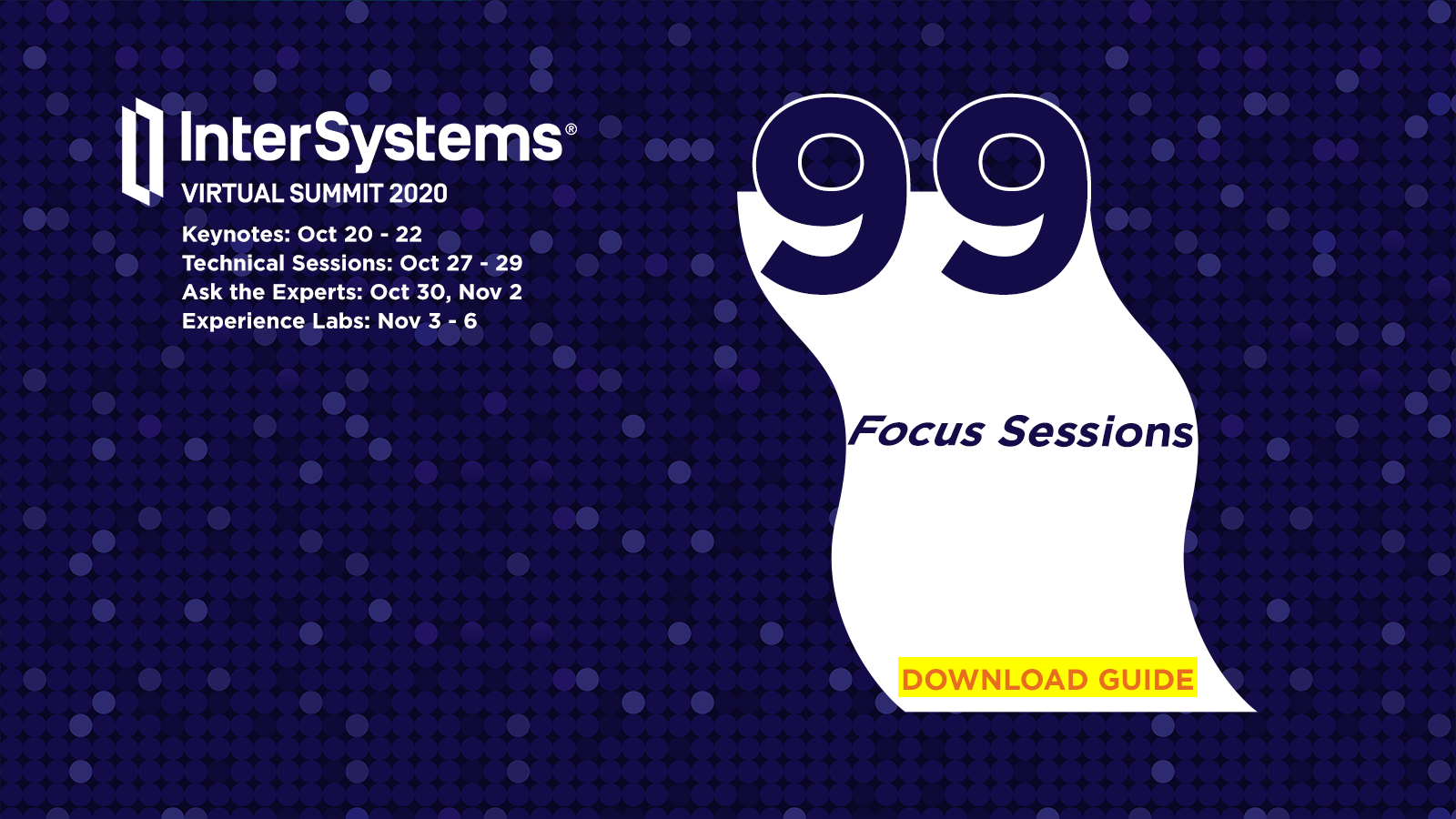This message contains four recent HealthShare Advisories, which are available below.
InterSystems Developer Community is a community of
25,518 amazing developers
We're a place where InterSystems IRIS programmers learn and share, stay up-to-date, grow together and have fun!

.png)



